Table 4.
Structure and mechanism of action of naturally occurring Nrf2 modulators.
| Nrf-2 modulators effective against viruses | Mechanism of Action | Source and structure | References |
|---|---|---|---|
| EGCG | Inhibits viral replication of influenza A/Bangkok/1/79 infection in lung cells Inhibits Tat-induced HIV-1 infection | A polyphenol-Dried leaves of green tea
|
(167) (185) (202) |
| SFN | Inhibits viral replication by enhancing expression of Nrf-2 expression, and antiviral mediators viz., RIG-1, IFN-β, and MxA. | Isothiocyanate—cruciferous vegetables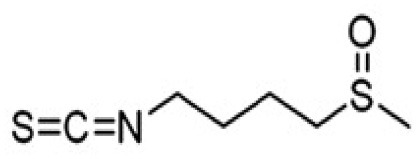
|
(185) (203) |
| α-luminol (monosodium α-luminol) | Inhibits MoMuL virus | Chemical synthesis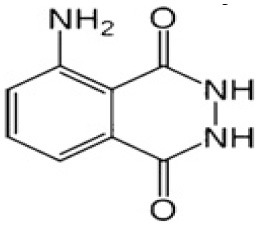
|
(191) |
| Tanshinone IIA | Inhibits Tat-induced HIV-1 via Nrf-2 upregulation |
Salvia miltiorrhiza Bunge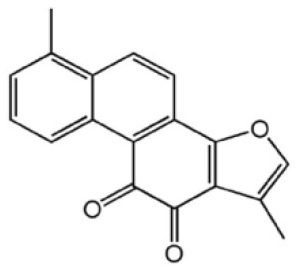
|
(204) (204) |
| Lucidone | Inhibits Dengue virus HCV (Hepatitis C Virus) growth |
Lindera erythrocarpa Makino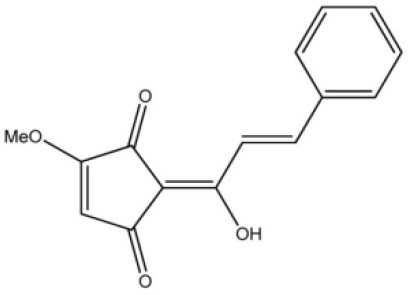
|
(195) |
| Celastrol (quinone methide triterpene) | Inhibits Tat-induced HIV-1 infection |
Tripterygium wilfordii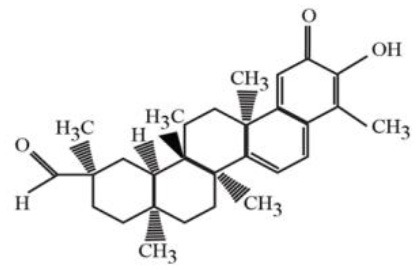
|
(197) (205) |
| Bakuchiol (phenolic isoprenoid) | Inhibits influenza A H1N1 lung virus infection |
Psoralea corylifolia L.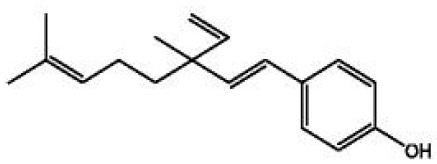
|
(199) (206) |
| Rupestonic acid (sesquiterpene) | Inhibits influenza A (H1N1) lung virus infection |
Artemisia rupestris L.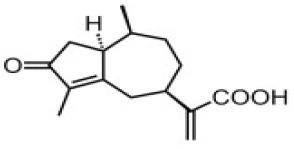
|
(207) |
| Curcumin | Inhibits influenza A (H1N1) lung virus infection |
Turmeric
|
(208) (201) |
